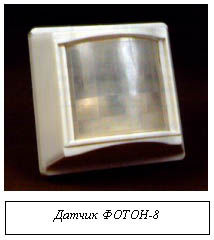|
«I work in the security service of one of the retail chains. Recently, we decided to upgrade the video surveillance systems installed in our stores, since the current ones do not fully cope with the tasks of preventing theft. We would like to install equipment that not only has a large archive volume, but also provides high-quality images. So that we can distinguish small details, for example, the denomination of banknotes passing through the cash registers. Is this possible? Or will we still have to choose between video quality and archive volume? –
Mikhail Lomakin, Krasnodar»
Dmitry Streltsov, regional manager of Mitsubishi Electric (Russia and CIS countries), answers the reader’s question
Until recently, consumers of video surveillance systems really had to choose between a large volume of archived information and the quality of the video image. However, today a number of manufacturers offer equipment that meets the new market requirements. At many sites, including retail, solutions that provide both high-quality images and a deep archive are successfully operating.
The data storage period is increased by the possibility of expanding the memory capacity – in some DVR models these figures can reach 30 TB. Such devices allow continuous recording for several months even with the highest image quality.
In addition, increasing the archive depth became possible due to the use of modern compression formats. Thus, the MPEG-4 compression format used in many new DVR models is a modern technology that allows for a significant reduction in the size of digital video files without compromising image quality.
Of course, high-quality CCTV equipment is still quite expensive, but in principle today it is already possible to choose the best solution taking into account the highest security requirements. In addition, when choosing one or another solution, it is important to remember that in retail DVRs pay for themselves quite quickly due to a sharp reduction in losses from theft (according to statistics, in the first month of using video surveillance only at checkouts, the number of losses is reduced by 30-40%). There are solutions based on Stand Alone recorders that allow you to record transaction data from cash registers together with images received from CCTV cameras. In the future, it is possible to search for video fragments based on data from cash registers to compare what was transferred to the buyer and what was recorded by the cash register.
At the same time, it is advisable to use information from CCTV cameras both for security purposes and for management and obtaining additional profit. Thus, the module for counting store visitors allows you to flexibly determine the number of employees needed at a given moment for effective customer service, and the module for determining «hot zones» — to monitor the correct placement of goods.
|


Добавить комментарий